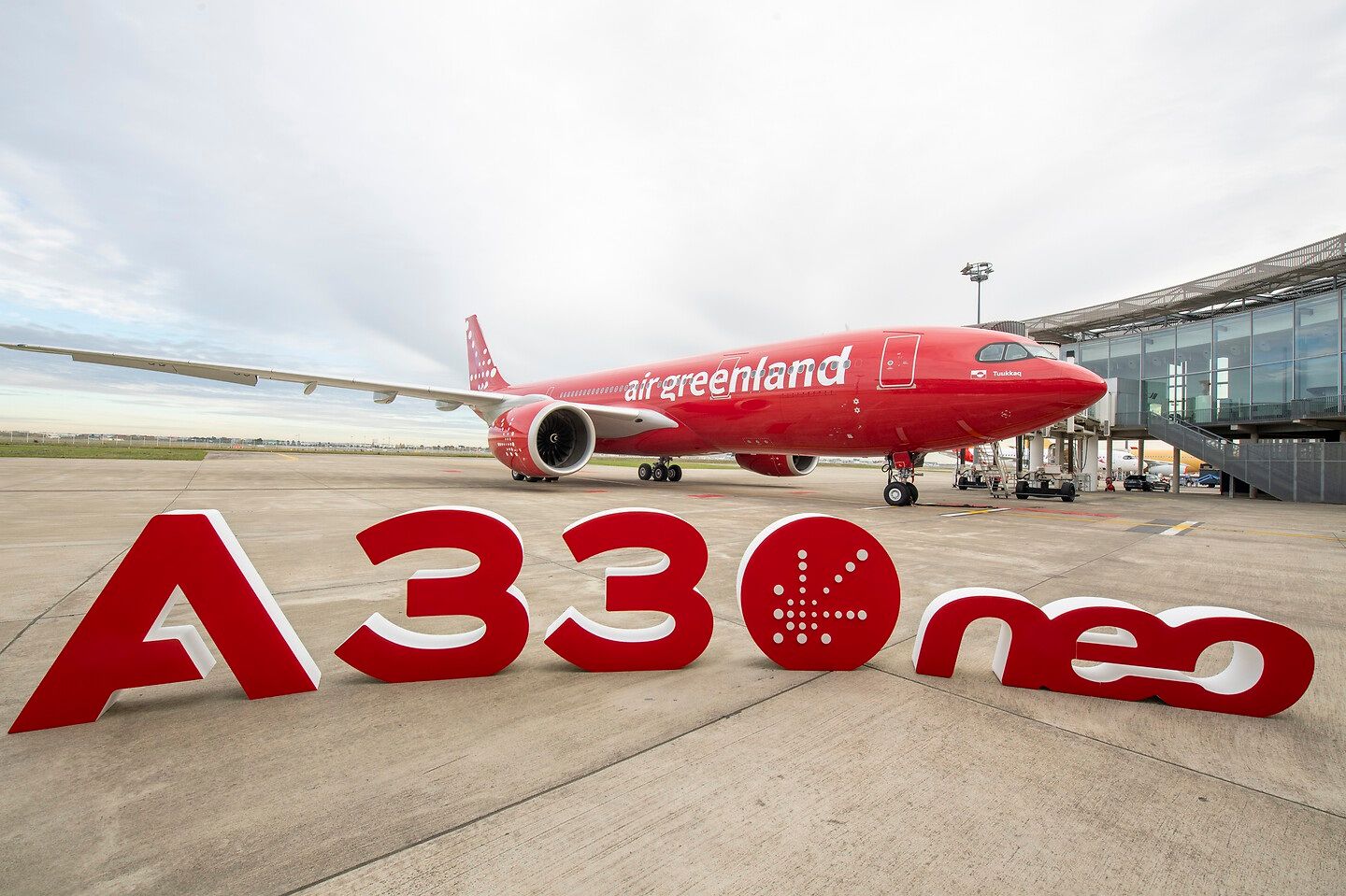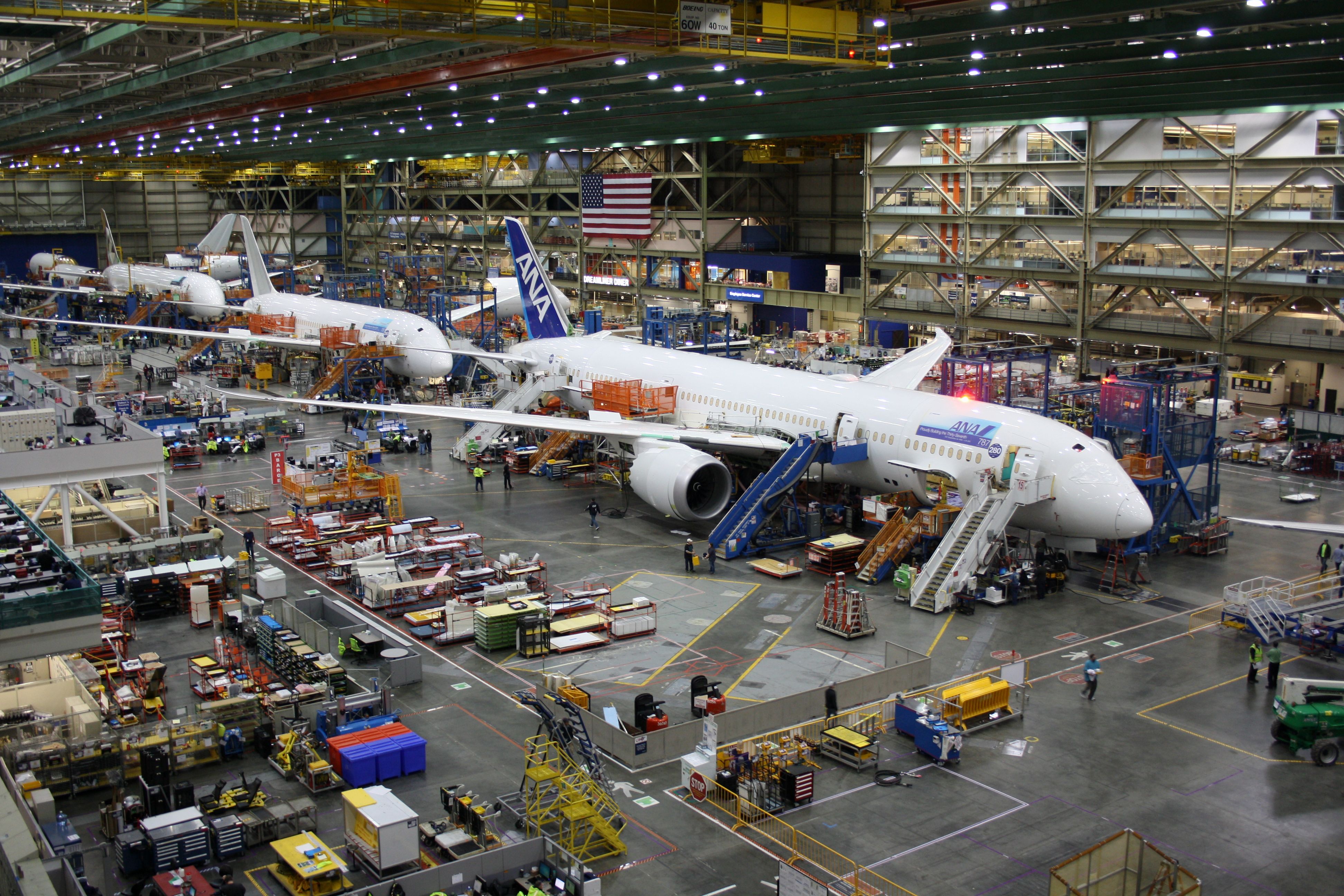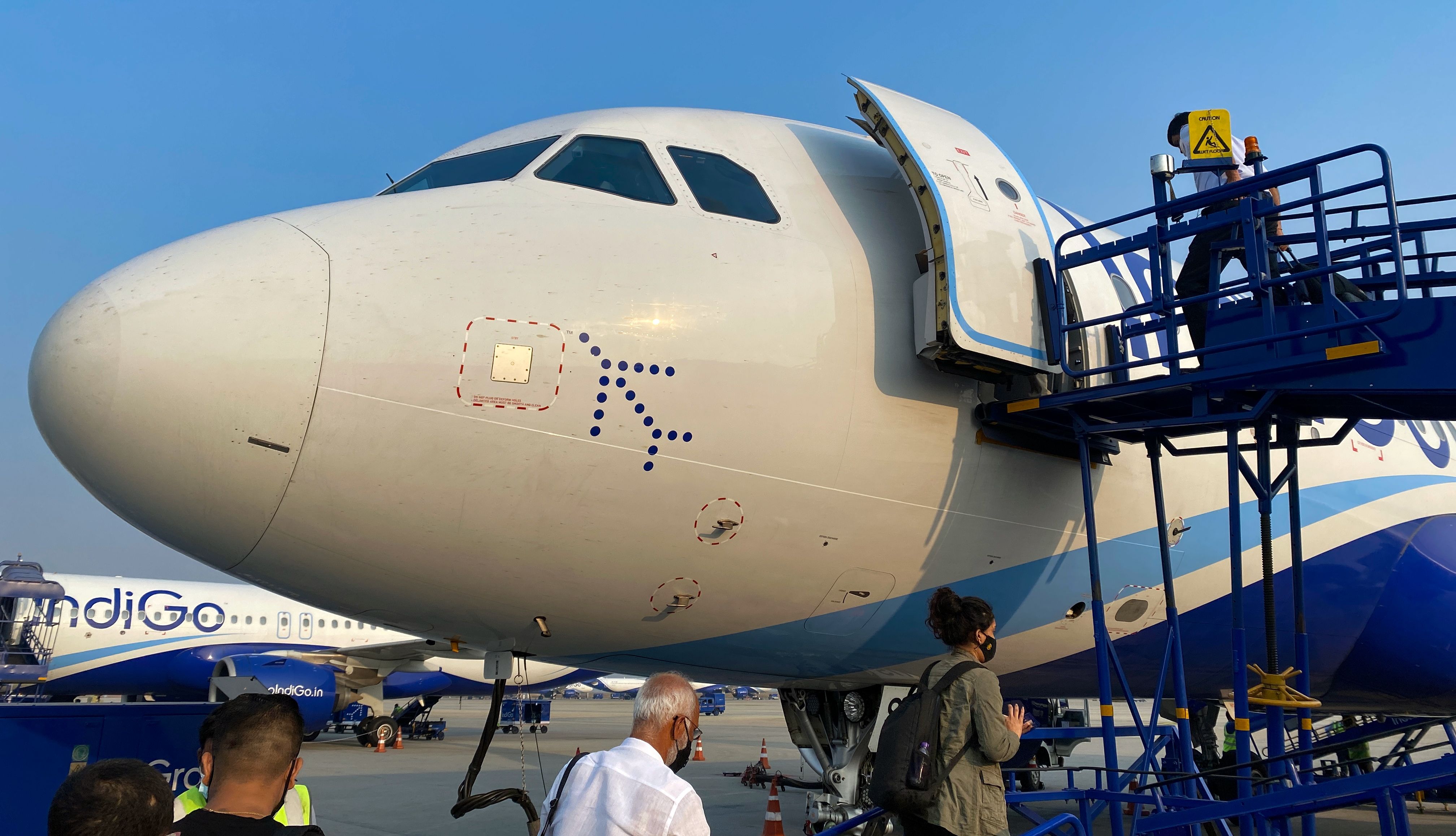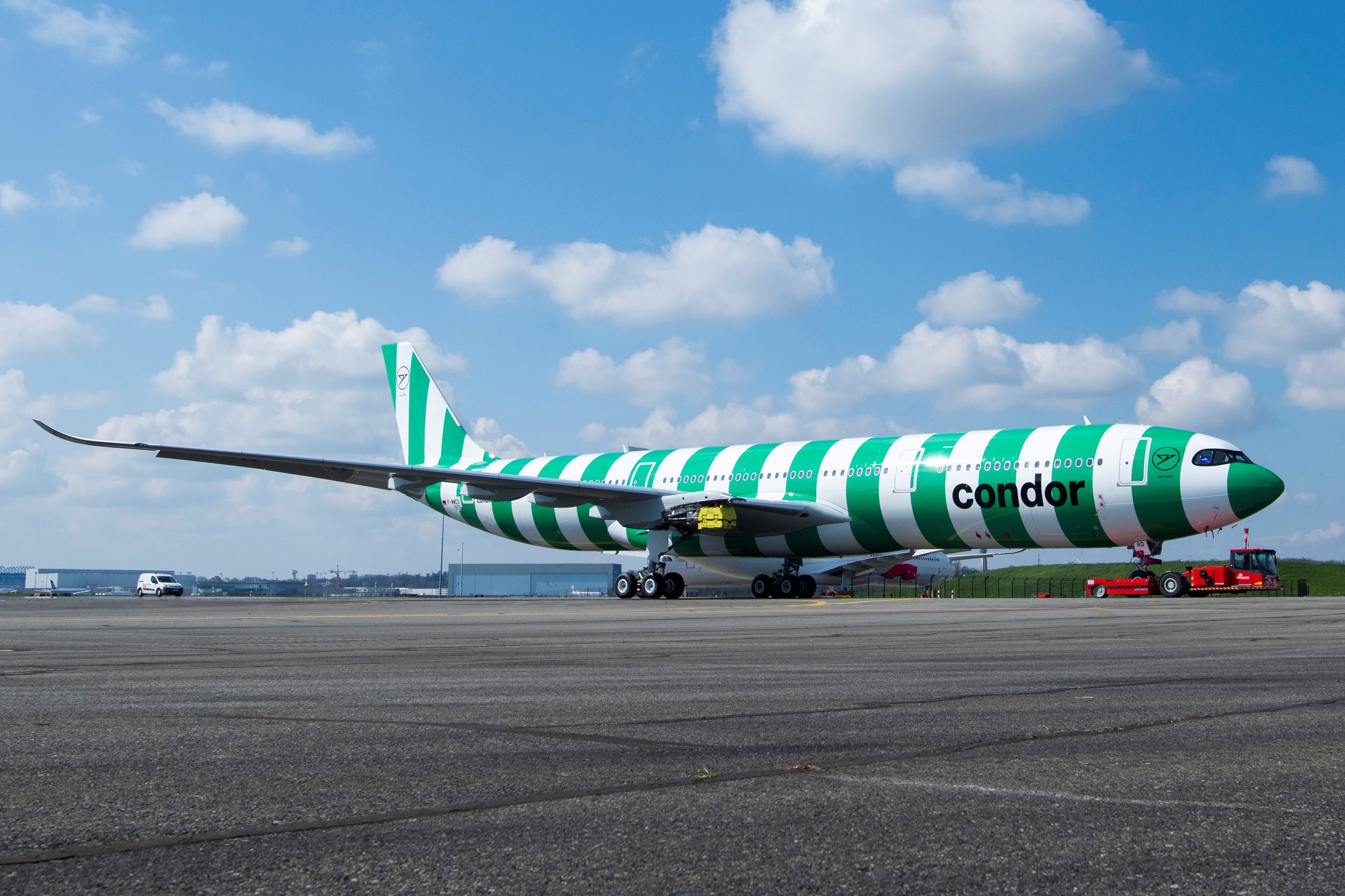Aircraft customers typically wait several years after an order for new aircraft is placed with the OEM. It is typical for large manufacturers such as Airbus and Boeing to have significant lead times between order placement and delivery. Assuming there are no production delays, the production of the specific aircraft usually begins around two years before the scheduled delivery. The OEM and the customer collaborate on various processes and logistics to work towards the expected delivery time.
Aircraft customers not only expect a satisfactory product from the OEM but also a seamless delivery and entry into service (EIS) of the new aircraft. The delivery and EIS phase is critical for the OEM as it determines the relationship between the parties. Keeping customers happy and satisfied at this stage goes a long way in establishing long-term business relations. The preparation for aircraft delivery starts during the final phases of production.
The production phase
As soon as the aircraft production for the specific customer begins, technical representatives from the OEM and the customer initiate close collaboration. Most OEMs produce individual sections of the aircraft at multiple production locations. As such, technical teams from the customer periodically visit various production sites. The purpose of the customer visit is to check the production timeline, quality, and other design elements established in the contract.
During final assembly, customer representatives inspect the exterior and interior parts of the aircraft. For example, the customer typically performs a final check of the electrical wires and insulation before the OEM installs cabin window panels. The purpose is to show the interior condition of the aircraft to the customer before the window panels are closed. Similarly, technical representatives from the customer take part in cockpit systems testing before all instruments are fixed.
Throughout the production timeline, the customer makes part payments to the OEM, also known as Pre-Delivery Payments (PDPs). These payments allow the OEM to cover expenses for parts installed on aircraft. The OEM also uses PDPs to cover the cost of labor. It is noteworthy that payment agreements differ between customers and depend on several factors, including the order size and delivery timeline, among other things.
Preparation for delivery
The OEM establishes aircraft documents listing the spare parts the customer must have onsite and the parts the OEM will supply. The OEM may provide certain critical parts during the warranty period. The information on the Life Limited Parts (LLPs) and the rotatable parts is provided, and the terms are listed for each major component of the aircraft. The OEM also includes information on crew and dispatcher training for the type.
Similarly, the maintenance training, manuals, and approved methods are listed. While most methods may be specific to the aircraft, some can be specific to the operator. The OEM also establishes procedures for on-site support of the aircraft and representatives who would coordinate all communication and support during the delivery and after EIS. Moreover, the issues and failures faced by the customers must be reported using an OEM-defined method.
The delivery process
The customer ensures that the specification and quality of the product match what has been contracted with the OEM. While customer representatives perform inspection visits during the production and final assembly phases, a final inspection is performed at the time of delivery. The customer and OEM representatives go over delivery checks; from the paint on the outside to minor details in the cabin, all nooks and crannies are inspected.
The deficiencies are handled based on the delivery inspection protocols established by the OEM and approved by the customer. Once the OEM completes the test flights, customer pilots and technicians perform a thorough performance check of the aircraft. The purpose is to ensure that all critical performance parameters are as expected and agreed upon in the contract. The OEM delivers the Airworthiness Certificate, Flight Manual, and Maintenance Documentation along with the aircraft.
The maintenance documentation provides instructions and procedures for the continuous airworthiness of the aircraft. The maintenance program is developed by gathering operational information on all materials, equipment, processes, and systems used in manufacturing. It is noteworthy that the maintenance program also goes through airworthiness certification by the regulatory authorities. The airworthiness certification is granted based on the manufacturer’s ability to provide concrete plans to keep the aircraft fit for flying.
The OEM also includes documentation for customer-specific options and their conformity to the aircraft type. When the customer approves the aircraft, the title changes, and the customer becomes the aircraft’s new owner. The customer must deposit the outstanding amount to the OEM at this stage.
Entry into service
It is common for the customer to not use the new aircraft for revenue service for a short period. During this time, the operator uses the aircraft to train the crew and familiarize flights. Moreover, several domestic and sometimes international routes are checked for flight and airport capabilities specific to the operator. During this time, the OEM establishes a failure reporting system where the customer records reliability and failure statistics.
OEMs establish relevant Customer Care teams comprising technical and communication experts to provide support throughout the aircraft’s operational life. Customers become familiar with the Customer Care package offered by the OEM while performing readiness training for materials, tools, maintenance, and flight operations.
The start of revenue passenger services remains at the discretion of the customer. During the initial years of service (warranty period), the OEM bears the cost of parts and repair. While the warranty period greatly varies between customers, it is typically one year for small aircraft and up to three years for large airliners.
It is common for customers to perform repairs at their location or a preferred service provider and bill all parts and labor hours to the OEM. However, the OEM sends its technicians to complete the job for more extensive repairs.
The OEM must be proactive and attentive during the delivery and entry-into-service phase. The communication strategies implemented by the OEM establish a strong relationship with their customers.
What do you think about the processes involved in aircraft delivery and entry into service? Tell us in the comments section.




